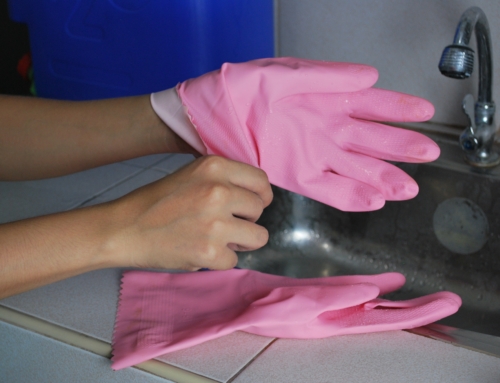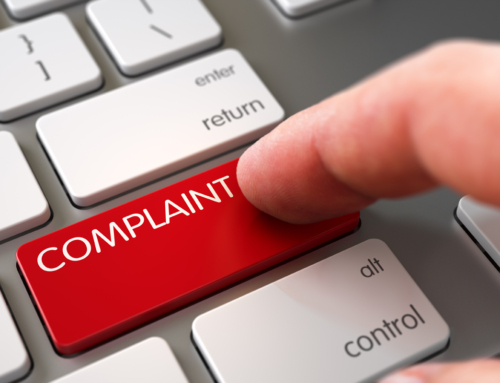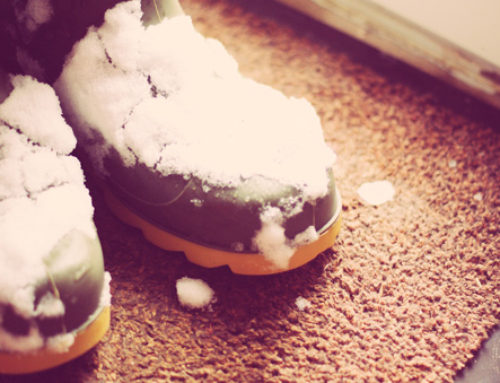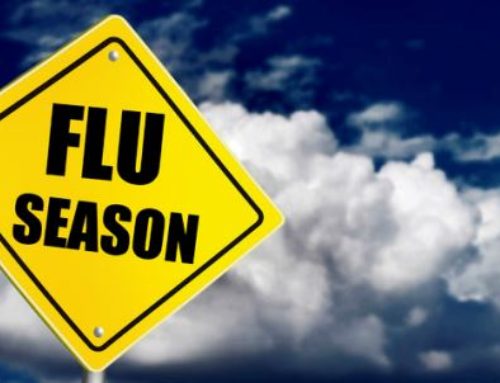Improper use of cleaning chemicals may inhibit their usefulness
It’s a common belief that to have a clean and healthy facility, every surface must be disinfected. In fact, one residential cleaning company has advertised they will fog your whole home with a disinfectant to sterilize the entire dwelling. But is all this disinfection necessary? Or instead, are we doing more harm than good?
What Are Disinfectants?
Disinfectants are substances that kill life and are regulated by the U.S. Environmental Protection Agency (EPA) under the Federal Insecticide, Fungicide, and Rodenticide Act. In order to be considered a disinfectant, a product must undergo extensive testing to show that it is safe to use and will meet its kill claims when used as directed by the manufacturer and product label.
The EPA must approve a product and its label before it can be sold as a disinfectant. The label on all disinfectants and disinfectant cleaners will start with the same words: “It is a violation of Federal Law to use this product in any way not indicated on the label.”
It is worth noting that these products fall under the category of bactericides—one of the four regulated forms of pesticides—and thus, may require the use of personal protection equipment per label instructions. Client reactions would probably be different if we told them we were going to spray pesticides all over their kitchen counters.
How Do You Disinfect?
Disinfectants require you to clean first, apply the disinfectant, and then keep the surface wet for a specified amount of time (also referred to as dwell time), typically as long as 5 to 10 minutes. This is because most disinfectants are unable to break through the top levels of dirt and soil to truly kill gems underneath, and thus, the surfaces require cleaning first.
How many of us actually follow this process? Most of the time when we spray a disinfectant cleaner, we wipe it up right away and believe the surface has been disinfected. Unfortunately, it most likely has not been. The surface may have been sanitized, but it is doubtful the threshold of disinfection has been achieved.
What Is the Disinfectant Myth in the Cleaning Industry?
Many customers expect their cleaning service to use disinfectants, but in most cases, it is impractical for cleaning services to follow proper disinfection methods in a high-production business model. Of course, in these instances, it is unethical to make a disinfection claim.
Is it Harmful to Use Disinfectants to Sanitize?
Of several recent studies, the most alarming is one from the University of Ireland in 2010, during which Pseudomonas bacteria were exposed to disinfectants that were either improperly mixed or used. The bacteria became resistant to the disinfectant, but far more alarmingly, 240 times more resistant to the antibiotics used to treat an infection of the bacteria. There is evidence that misuse of disinfectants may be contributing to bacterial antibiotic resistance.
Are There Other Options Available to Help With Bacteria Removal?
A study at the University of California showed that high-quality microfiber cloths were able to remove 99 percent of soil and bacteria from a hard surface with just water, compared to a 33 percent removal rate for cotton cloths. Some of the microfiber manufacturers have had third-party lab tests show up to a 99.99 percent removal rate with just water. These figures compare very well with disinfectants when they are used correctly. Another option is steam, with some manufacturers claiming disinfection in as little as 3 to 5 seconds for some machines.
When Is it Appropriate to Use Disinfectants?
When properly used in the right places, disinfectants prevent infections, disease, and save lives. They are certainly appropriate in hospitals and many health care settings. Disinfecting can be a good last step after cleaning up any bodily fluids. If there is an influenza, norovirus, or a similar outbreak, using a disinfectant on high-touch points, such as door knobs, phones, and toilet and sink handles, might make sense.
When disinfecting, it is important to clean each surface with a fresh surface, meaning you must use a fresh disinfectant wipe or turn your cloth to a fresh surface before cleaning each new touch point. One study examining disinfectant wipes found wipes that were used on multiple doorknobs began to add germs—not eliminate them—by the time it touched the third one.
Bottom Line: Follow the Label
When facilities misuse disinfectants, we not only fail to achieve disinfection, we may actually contribute to antibiotic resistance, as well. In the instances where it may be appropriate to use them, it’s important to follow label directions carefully. Only through proper use will these products remain a blessing to us and not a curse.
Know the Difference
Imagine this scenario: Your custodian sprays a multipurpose cleaning solution on a food service area to clean it, and immediately wipes it dry with a microfiber cloth. Has the surface been cleaned, sanitized, or disinfected? Believe it or not, each possible outcome is not the same. The following descriptions, based on information from the U.S. Centers for Disease Control and Prevention, should help to clarify.
Cleaning: This process removes germs from a surface, but does not necessarily kill them. Cleaning a surface with soap/detergent and water mitigates infection by lowering the number of germs on a surface.
Disinfecting: This process does not remove dirt, which is why custodians should always clean a surface prior to disinfecting it. When used appropriately, disinfectants kill germs.
Sanitizing: This lowers the number of germs to a safe level by either cleaning or disinfecting.
From: http://www.cmmonline.com/articles/238617-disinfectants-are-we-doing-more-harm-than-good?page=2






